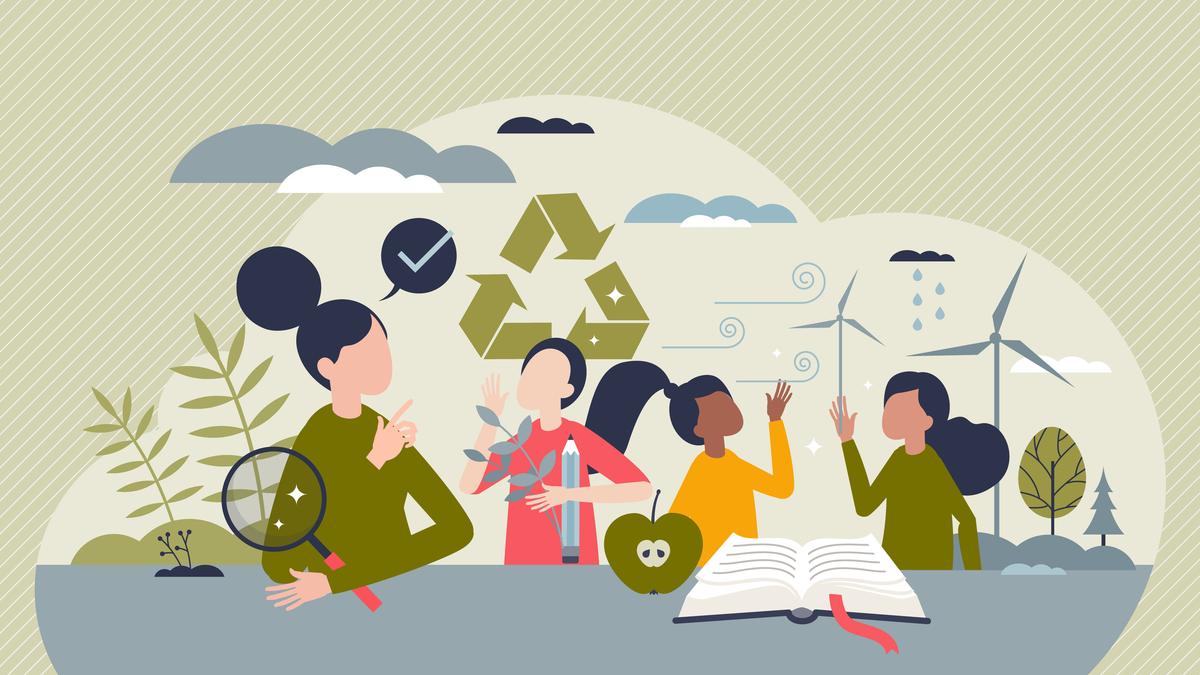Home / Education / Classrooms Submerged, Students Swim to Survive: India's Schools Grapple with Climate Disasters
Classrooms Submerged, Students Swim to Survive: India's Schools Grapple with Climate Disasters
18 Oct
Summary
- Government school in North Chennai flooded with waist-deep water last December
- Students knew water cycle but not how to respond when disaster struck
- Environmental education lacking in connecting climate science with rights, ethics

In October 2025, India's education system is grappling with the growing impact of climate change on schools and universities. Last December, a government school in North Chennai experienced a harrowing incident when its classrooms were submerged in waist-deep water as the monsoon turned merciless. A student lamented, "We knew the chapter on floods by heart but not what to do when the water came for us." This single statement reflects the disconnect between textbook knowledge and real-world resilience in India's education system.
Across the country, climate threats continue to disrupt learning, with floods drowning schools, heatwaves closing universities, and smog turning morning assemblies into health hazards. Yet, for most students, climate change remains an annual essay topic, not a lived curriculum. Experts argue that environmental education must evolve from moral science to moral responsibility, empowering students to confront questions of climate justice, such as who bears the cost of climate change and whose voices are drowned when development advances.
The National Education Policy 2020 speaks of "environmental awareness" and "sustainability at every level," but in practice, ecology remains a polite elective, not a civic necessity. Educators are now calling for a paradigm shift, where climate literacy becomes integrated into every discipline, from Law and Economics to Engineering and Literature. The goal is to nurture a generation that sees sustainability as survival, not symbolism.



